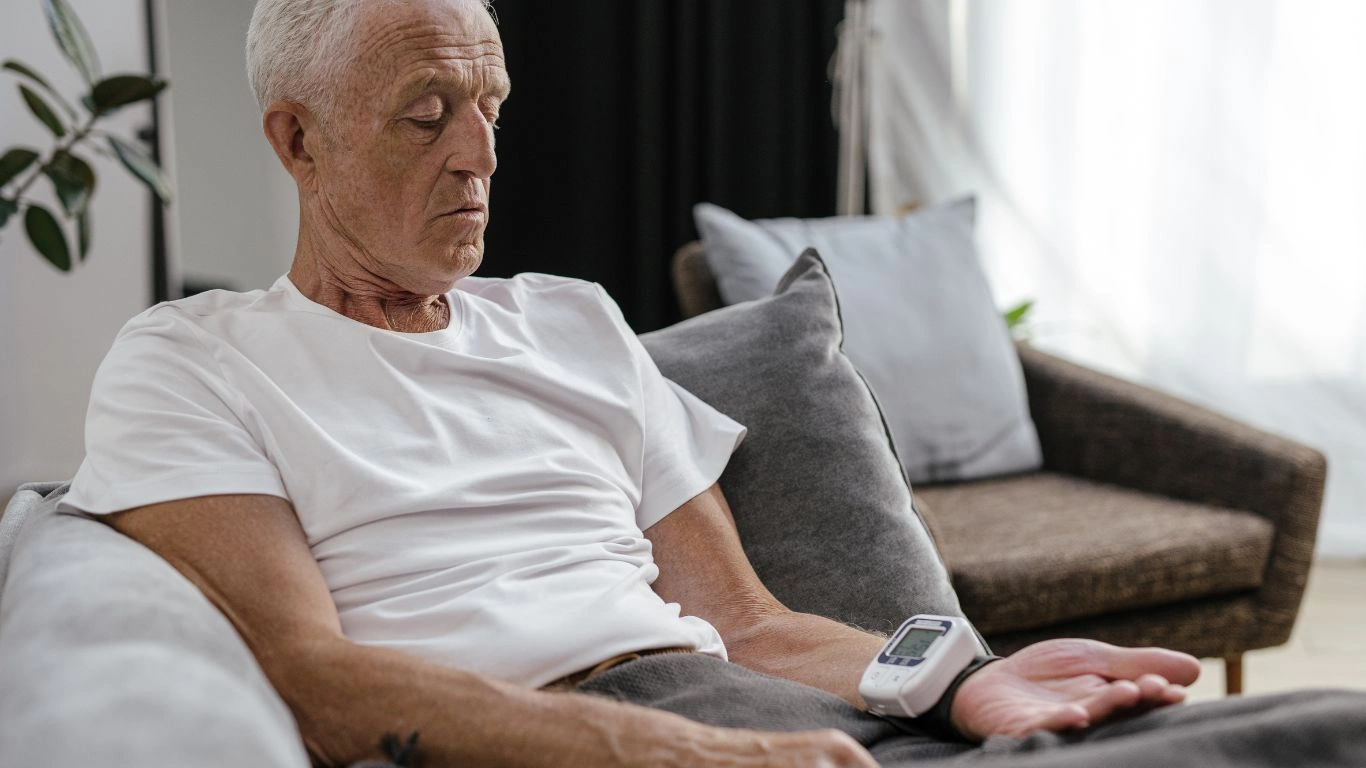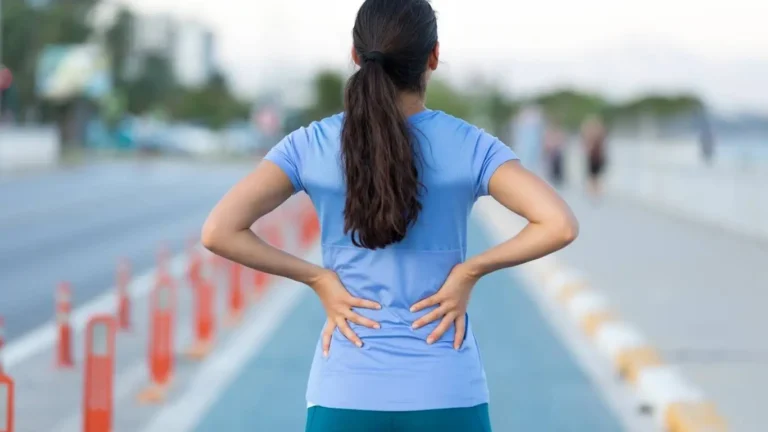Essential Exercises for Blood Pressure Patients – A Simple Guide
Managing blood pressure through exercise doesn’t have to be a daunting task. It’s all about finding the right movements that work for your body and boost your heart health!
When it comes to controlling blood pressure, exercise is one of the most effective strategies. The good news? You don’t need to go hardcore at the gym to see results. Even simple, moderate exercises can work wonders for your heart and overall well-being. Let’s chat about the best exercises for blood pressure patients that can help improve your health and make you feel great at the same time!
Why Exercise is Crucial for Blood Pressure Patients
Exercise isn’t just about looking good (though that’s a nice bonus). It’s about making your heart stronger, boosting circulation, and improving your overall health. If you have high blood pressure, also known as hypertension, regular physical activity can significantly lower your numbers over time. Here’s the cool thing: it doesn’t have to be intense. Even moderate exercise can make a big difference in lowering your blood pressure and reducing your heart disease risk.
Let’s break it down a bit more. Regular exercise helps your heart become more efficient at pumping blood. It also improves your blood vessels’ ability to dilate and carry oxygen, which helps lower blood pressure. So, don’t just sit there—get moving!

Best Exercises for Blood Pressure Patients
Now, if you’re dealing with high blood pressure, certain types of exercise are better for you than others. Here are some of the most effective and easy-to-do exercises:
1. Walking
Yep, you read that right—just walking! You don’t have to be sprinting on a treadmill to get the benefits. A brisk walk around the block, the park, or even around your house can work wonders. Aim for about 30 minutes a day, most days of the week. It’s a low-impact exercise that gets your heart pumping without putting too much strain on your joints. Plus, it’s easy to fit into your daily routine, whether you’re at home, work, or just enjoying some fresh air.

2. Swimming
If you’re looking for a full-body workout that’s easy on your joints, swimming is a fantastic choice. The water supports your body, reducing the impact on your knees, hips, and back, making it ideal for people with high blood pressure. Swimming also boosts cardiovascular fitness, strengthens your heart, and helps with stress reduction. Whether you prefer doing laps in a pool or just floating and relaxing, it’s all good!
3. Cycling
Cycling, whether on a stationary bike or outside, is another low-impact exercise that gets your blood pumping. It’s great for your legs and core, and it helps improve heart health. Start with short rides and gradually build up to longer sessions. If you’re on a stationary bike, you can even watch TV or listen to music to make the time fly by.
4. Yoga
Yoga is a wonderful exercise for blood pressure patients, mainly because it combines gentle movements with deep breathing. This helps lower stress, relaxes the body, and promotes healthy circulation. Certain types of yoga, like restorative or gentle yoga, are especially great for those with high blood pressure. The focus on slow movements and breathwork helps calm the nervous system, which can lead to a reduction in blood pressure.

5. Strength Training (With Caution)
While heavy lifting might not be ideal for blood pressure patients, light-to-moderate strength training can actually be beneficial. Think of using lighter weights or resistance bands for full-body exercises. Strength training helps build muscle mass, which in turn helps your body use oxygen more efficiently. However, avoid exercises that require you to hold your breath or strain too hard. Keep the intensity moderate and focus on good form!
6. Tai Chi
This ancient Chinese practice combines slow, deliberate movements with deep breathing. It’s especially great for people with high blood pressure because it promotes relaxation, balance, and stress relief. Plus, it’s low-impact, so it’s gentle on your body. Many people find that doing tai chi regularly helps them stay calm, reduces anxiety, and improves circulation.

Tips for Safe Exercise with High Blood Pressure
If you have high blood pressure, you should always talk to your doctor before starting any new exercise routine. Once you’ve got the green light, here are some tips to make sure your exercise routine is safe and effective:
1. Start Slow
Don’t jump into an intense workout right away. Start with lighter exercises and gradually increase the intensity over time. Your heart needs to get used to the new activity, and slow progress is the best way to avoid injury or strain.
2. Focus on Consistency
Consistency is key! It’s better to exercise a little bit every day than to push yourself too hard once in a while. Aim for at least 30 minutes of moderate exercise most days of the week. The more consistently you exercise, the more you’ll see improvements in your blood pressure.
3. Stay Hydrated
Drinking water is so important when you’re exercising, especially if you have high blood pressure. Dehydration can make it harder for your heart to pump blood, so make sure you’re drinking plenty of fluids before, during, and after exercise.
4. Monitor Your Blood Pressure
It’s a good idea to monitor your blood pressure regularly, especially if you’re starting a new exercise routine. Some people experience a temporary spike in blood pressure after exercise, but with regular, moderate exercise, your overall numbers will likely improve. Keep track and let your doctor know how you’re doing.
5. Listen to Your Body
If you start feeling dizzy, lightheaded, or unusually fatigued during your workout, stop and rest. You don’t want to push yourself too hard, especially if you have high blood pressure. Take it easy, and remember that you can always pick back up once you feel better.
Conclusion
Regular exercise is one of the best things you can do for your health, especially when you’re managing blood pressure. Whether you love walking, swimming, or yoga, there’s a form of exercise that can work for you. The most important thing is to stay consistent, start slow, and listen to your body. Over time, you’ll see the benefits in your blood pressure and overall well-being!
Frequently Asked Questions (FAQs)
- What is the best exercise for lowering blood pressure? Walking, swimming, and cycling are all great options. They’re easy on your joints and effective for improving heart health.
- Can I do strength training with high blood pressure? Yes, but be sure to keep the weights light and avoid straining. Focus on form and moderate intensity.
- How often should I exercise if I have high blood pressure? Aim for at least 30 minutes of moderate exercise most days of the week. Consistency is key.
- Is yoga good for lowering blood pressure? Absolutely! Yoga can help with relaxation, reduce stress, and improve circulation—all of which are beneficial for managing high blood pressure.
- Should I check my blood pressure before exercising? It’s a good idea, especially when you’re starting out. Make sure you’re within a safe range before you begin.
References
- American Heart Association. (2023). Physical Activity and Blood Pressure. Read More
- National Institutes of Health (NIH). (2024). Managing High Blood Pressure Through Exercise. Read More
- Mayo Clinic. (2022). Exercise and High Blood Pressure. Read More
Disclaimer
The information in this article is intended for general informational purposes and should not be considered medical advice. Always consult with your healthcare provider before starting any exercise routine, especially if you have a medical condition like high blood pressure. Individual needs vary, and professional guidance is essential for personalized care.

Dr. Gwenna Aazee is a board-certified Internal Medicine Physician with a special focus on hypertension management, chronic disease prevention, and patient education. With years of experience in both clinical practice and medical writing, she’s passionate about turning evidence-based medicine into accessible, actionable advice. Through her work at Healthusias.com, Dr. Aazee empowers readers to take charge of their health with confidence and clarity. Off the clock, she enjoys deep dives into nutrition research, long walks with her rescue pup, and simplifying medical jargon one article at a time.






